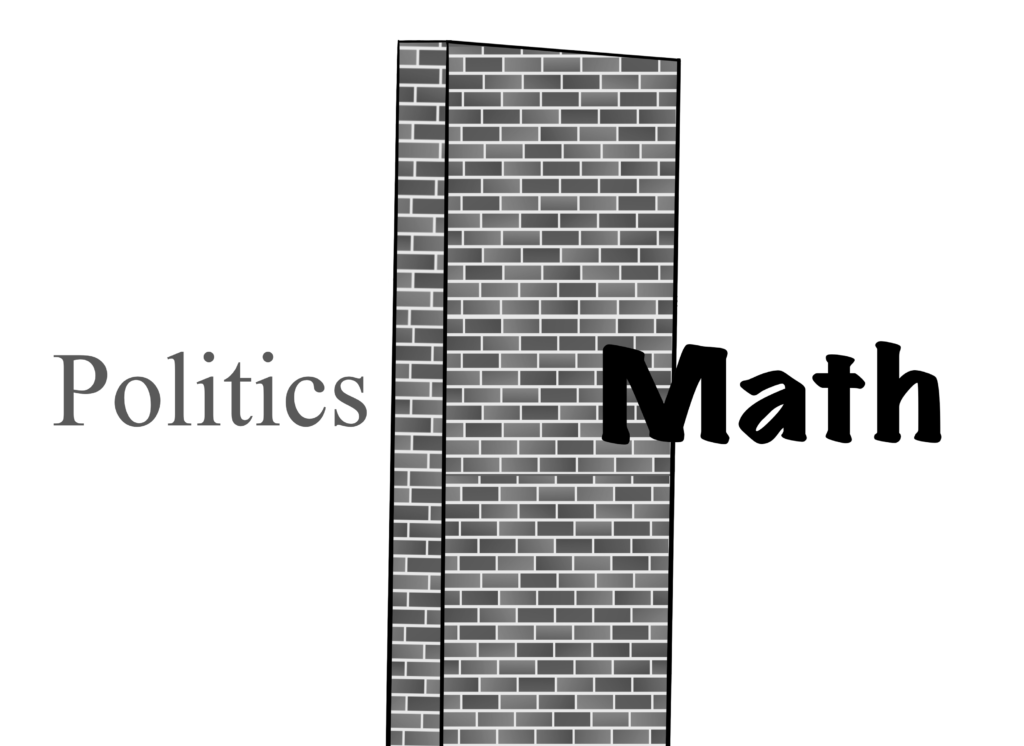With countless social justice issues being brought to light from abortion rights to gun control, it’s no surprise that many students wish to learn about these matters earlier. Recently, the California legislative branch has been debating whether to replace some of the current math curriculum with more social justice–related topics.
This proposal shifts the focus of high school math courses toward more real-world applications — in particular, societal developments such as gender discrimination and stereotypes, and math’s relevance within them. If this proposition is passed, traditional algebra-based advanced math courses such as calculus will be de-emphasized or discontinued to focus on altered statistics and data science courses. These new classes will aim to merge social justice and math by using certain math concepts to analyze issues within society.
Supporters of this proposition claim California’s achievement gap between different races and demographics requires a complete makeover of the math system. This proposal threatens the education of students in the San Diego, Sacramento, Santa Clara and Baldwin Park counties next year.
While this proposition aims to educate students about societal injustices, math and politics should be kept seperate, and higher level math courses should be preserved.
First, math and social justice have little overlap. Math has traditionally been filled with formulas, problem solving methods and theorems. These ideas are uniform and unchanging, which allow students to perfect their skills with enough practice. One plus one will always be two, just as the quadratic formula will never change.
By contrast, social justice is complicated; rarely is there a single, definite answer. There is no formula that can solve gender inequality, nor an equation that proposes a solution to world hunger. Addressing societal issues requires intense amounts of discussion and brainstorming, and perspectives constantly shift and evolve.
Merging these two focuses is inefficient, and will only end up weakening both curriculums. Simply integrating social justice into word problems only gives students a surface-level understanding of real-world concerns rather than highlighting the scope of each issue.
Another flaw with this proposition is the lack of qualified teachers to teach these multifaceted courses. It is highly unlikely that teachers who pursued a mathematical degree have the credentials to teach social justice simultaneously. Likewise, those qualified to teach about social studies are unlikely to be able to teach high level math.
Even more problematic with this proposition is the de-emphasis of higher-level math courses such as calculus. Many students seeking a future career in STEM typically take calculus before graduating high school; removing this course would eliminate these students’ opportunity to challenge themselves. High school should provide an environment that provides students with the best opportunities to grow, and taking away rigorous math classes does the exact opposite.
These courses are essential for STEM students who wish to further their knowledge beyond the classroom. For example, AP Physics C, a new class offered at the school, focuses on the use of calculus to represent systems; it is one of the many high level STEM courses that teaches concepts that can be applied in other classes, as well as outside of the classroom.
These classes should not be removed or de-emphasized — not only do they provide the necessary environment STEM students need to grow, but their real world impact is significant in itself.
If the difficulty of math classes is lowered in order to include lessons about social issues, high performing students will find themselves limited and bored. Bottom line: keep politics out of math. Math, as a purely STEM subject, has no business being merged with the humanities.


























